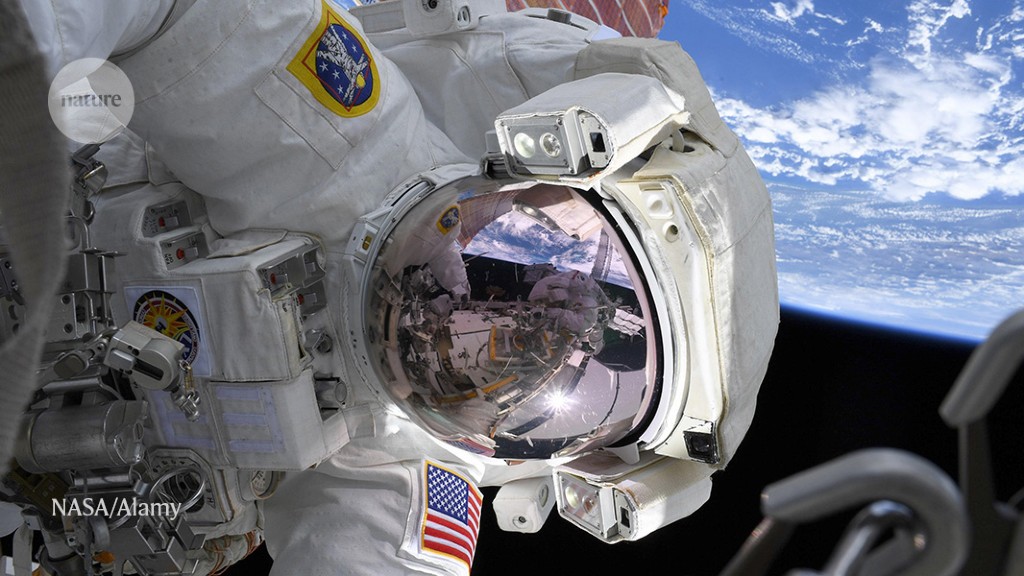Twenty years ago this week, on 2 November 2000, one astronaut and two cosmonauts opened the door to the newly constructed International Space Station (ISS) and floated in. It was the beginning of two decades of humans permanently living and working aboard the orbiting outpost.
Over that time, astronauts on the ISS have conducted around 3,000 science experiments. The research spans a range of disciplines, including fundamental physics, Earth observation and biomedical studies (see ‘Research in orbit’). Once critiqued as relatively insignificant and not all that relevant to people living on Earth, science aboard the ISS has blossomed as astronauts have devoted more time to research. The results include insights into how humans and animals adapt to long-duration spaceflight, as well as how materials behave in space (see ‘High-flying science’).
Today, the ISS is packed with modern research equipment, including a recently installed top-of-the-line confocal microscope. “It’s like taking an entire world-class university and shrinking it down to the size of the space station,” said Kate Rubins, a NASA astronaut and biologist who is currently aboard the ISS, as she floated in near-zero gravity while taking media questions on 30 October. In the past week, Rubins has worked on a plant-growth chamber on the station and on a physics experiment that tests how liquid droplets interact with a surface in microgravity.
Most of the science experiments aboard the station aim to investigate how things work differently in microgravity — such as the way a flame burns or how mouse cells develop — to see whether those lessons can be applied to new technologies or drugs back on Earth. Other experiments take advantage of the station’s location in low-Earth orbit to look down on the planet or out into space.
“My favorite experiments actually have to do with human health,” says Ellen Stofan, former chief scientist for NASA and director of the National Air and Space Museum in Washington DC. “A lot of people don’t realize how much research has been done on the International Space Station around human health.”
Since the earliest days of the space programme, scientists have studied the health of astronauts in orbit, aiming to ensure that they don’t lose too much muscle mass or get exposed to too much radiation. But aboard the ISS, research has expanded to encompass investigations into, for example, how gravity affects the activation of the white blood cells known as T cells, which help to strengthen a person’s immune system. Knowing why and how astronauts’ immune systems are suppressed in orbit can help scientists to develop better medical drugs back on Earth, Stofan says.
The ISS programme involves a partnership of the United States, Russia, Canada, Japan, and 11 European countries. It will operate until at least 2024, and discussions are underway to extend that to 2028.



